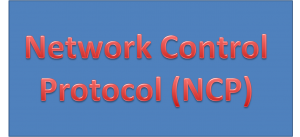NCP Explained
When a PPP link has been initiated, the LCP passes control to the appropriate Network Control Protocol (NCP). NCP is a set of protocols that form part of PPP. PPP is a data link layer protocol that can transmit multiprotocol data between two point-to-point. PPP’s modular model allows LCP to set up the link and […]

